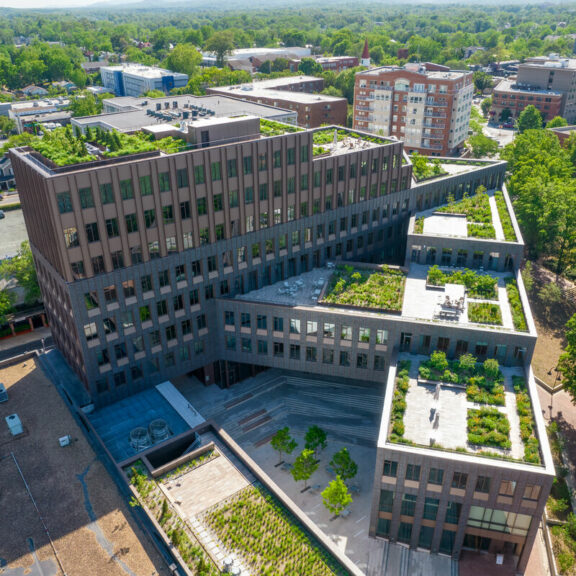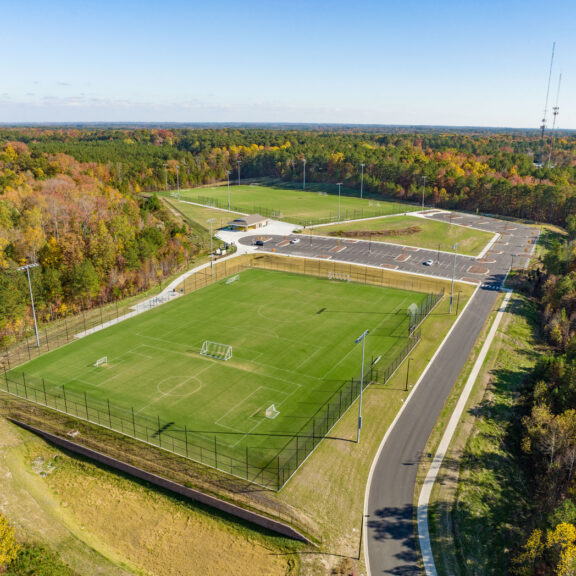Our stormwater teams are invested in promoting dam safety awareness, and dam safety is a crucial part of their work, potentially even more so with the change in seasons. From the time that snow melts and causes stormwater surges to the time that leaves fall from trees to cause blockages, dam safety is a year-round investment.
National Dam Safety Awareness Day (May 31 annually) serves as a yearly reminder that dams require safe practices by all, including workers, the public, and those who may own the property on which they are situated. According to the Association of State Dam Safety Officials (ASDSO), the day was established in memoriam of the 2,220 people who lost their lives in the 1889 South Fork Dam failure near Johnston, Pennsylvania. The incident sparked the conversation of just how to keep people safe near dams as well as how dam owners and builders can utilize reputable techniques and materials to construct dams correctly and safely from the start.
As the summer heat sets in, we’re getting more comfortable with river and lake temperatures, which means a lot of us are closer in proximity to dams than we may realize. When our summer day escapades lead us to the waterfront, there are a few things we need to be aware of if we find ourselves near a dam.
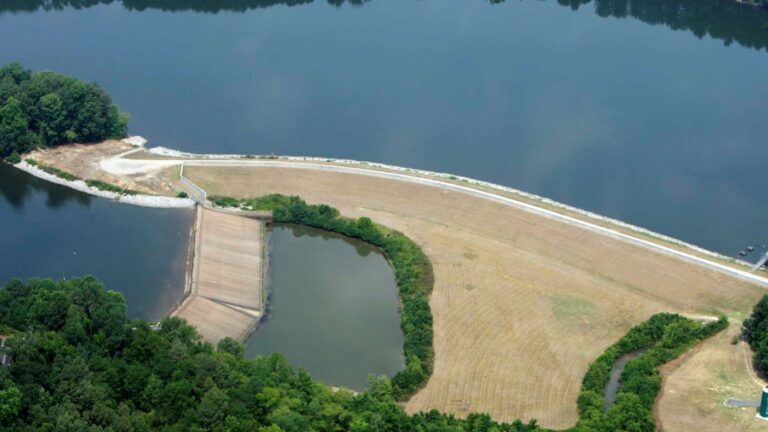
I got the scoop on dam safety from our Richmond stormwater group leader and Principal, Mike Claud. Mike has been with Timmons Group for more than 30 years. He holds a BS in Civil Engineering, is a certified Professional Engineer in Virginia and North Carolina, and is a Certified Floodplain Manger.
In addition to more than 3 decades of experience in design and construction of stormwater facilities, Mike leads a team of experienced engineers with a focus on innovative solutions for retrofit of existing sites and facilities that specialize in stream restoration, hydrologic and hydraulic modeling, watershed master planning, water quality analysis, drainage system design, stormwater management systems, BMP design, MS4 TMDL compliance, VSMP implementation, dam safety services, and flood mitigation analysis. It’s safe to say that Mike and his staff are highly specialized in the complex and continually evolving field of stormwater management and dam safety!
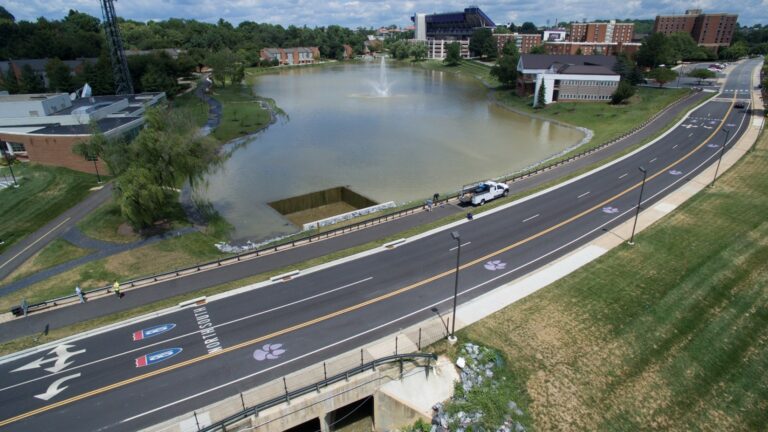
When we got to talking about dams, Mike told me there were a few things that we ought to be on the lookout for that can keep us safe when we’re near these structures. He suggested that folks be on the lookout for intake structures at dams that can be a hazard to swimmers and boaters. Some concrete dams and older stone dams can also have tall spillways with steep drops. He recommended that people avoid walking along, boating, or swimming near these areas as they can be very slippery and falling off can cause severe injuries.
The Virginia DCR Dam Safety Division regulates certain dams based on height and impounding capacity. Dams that are heavily overgrown with trees, have severe erosion on the slopes, or have damaged outlet structures are at greater risk of failure than a well-maintained dam. If a dam were to fail there can be drastic effects on homes, businesses, infrastructure, and environmental areas located in the downstream inundation area.
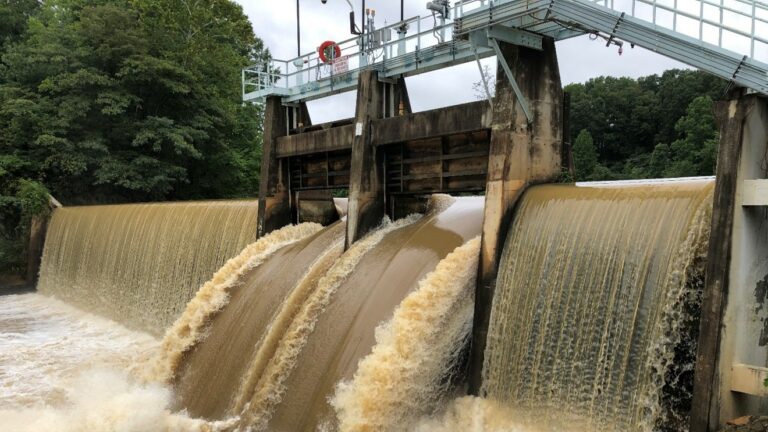
Mike says that there are several types of dams, but the best kind by far is a safe one! Though there’s one particular day designated for dam safety awareness each year, it’s never too early or late to consider the importance of these structures and how they are kept safe by our stormwater engineers.
“The fact is that there are dams across the country that vary in status,” he said. “Some dams are very well maintained and we’re grateful to the people who keep those in compliance with regulations. And there are dams in poor condition that are noncompliant. There are ways to mitigate the noncompliant dams and make them safer for the public and the people who own them.”


